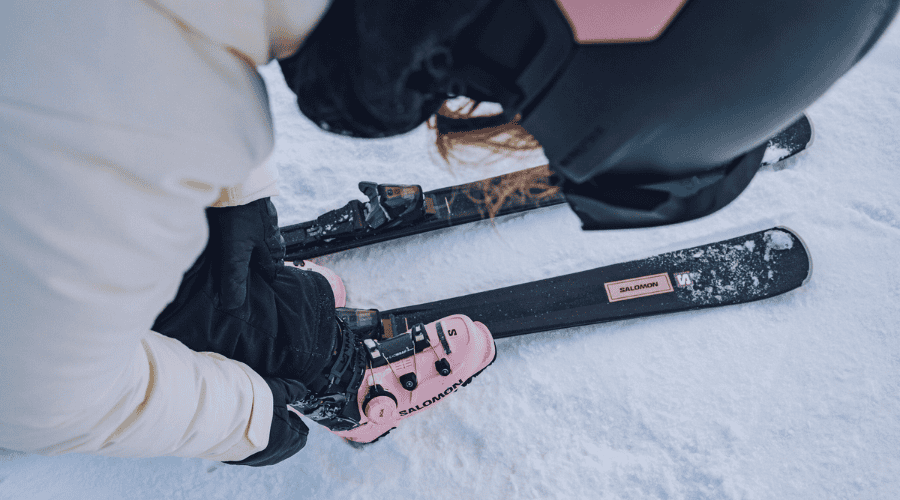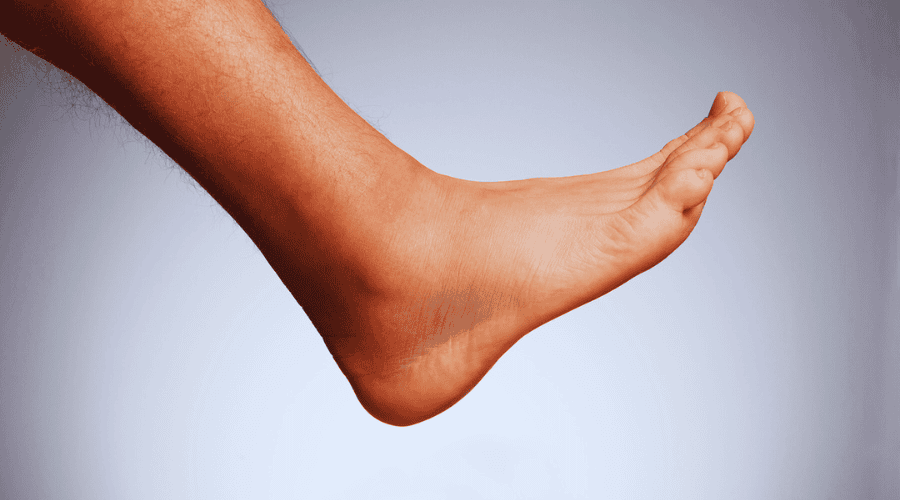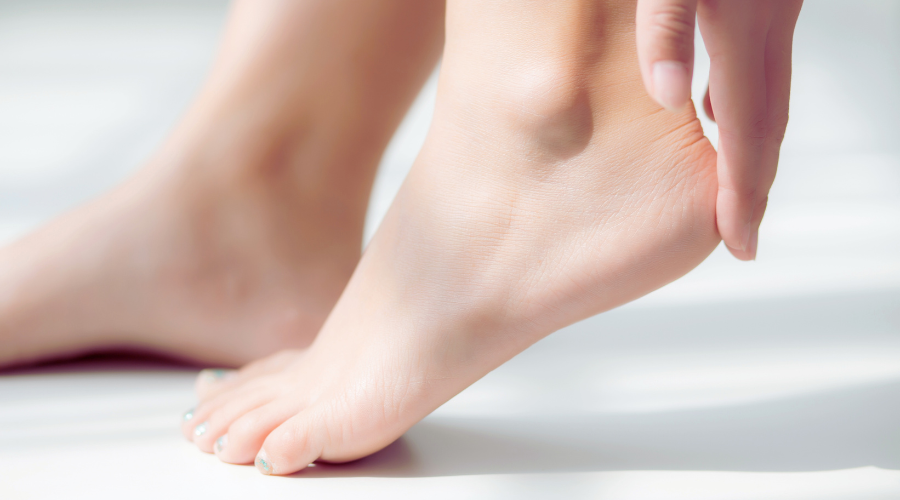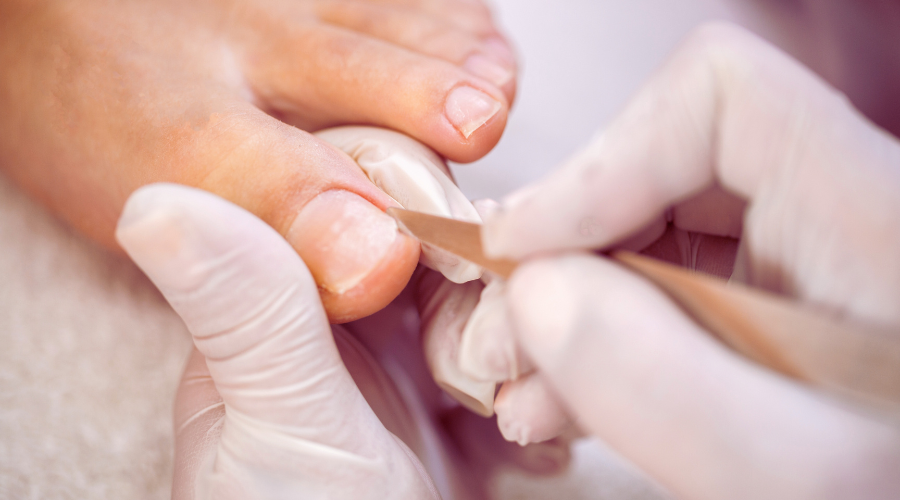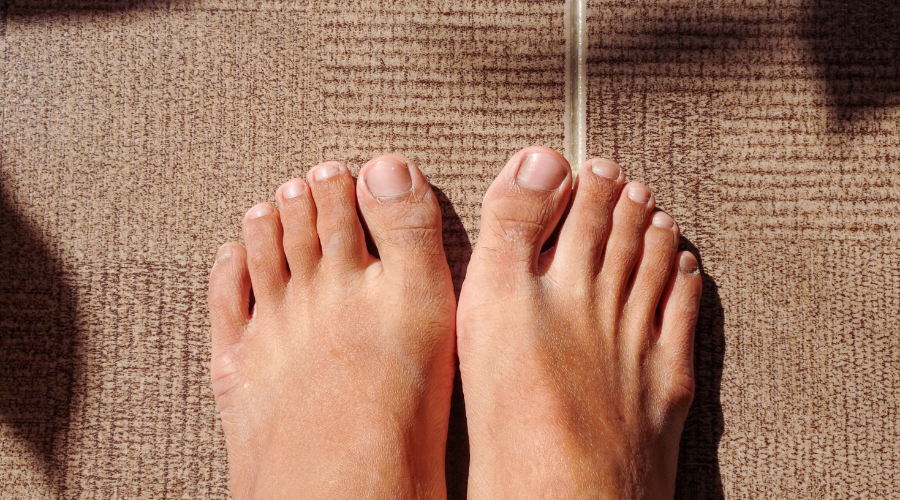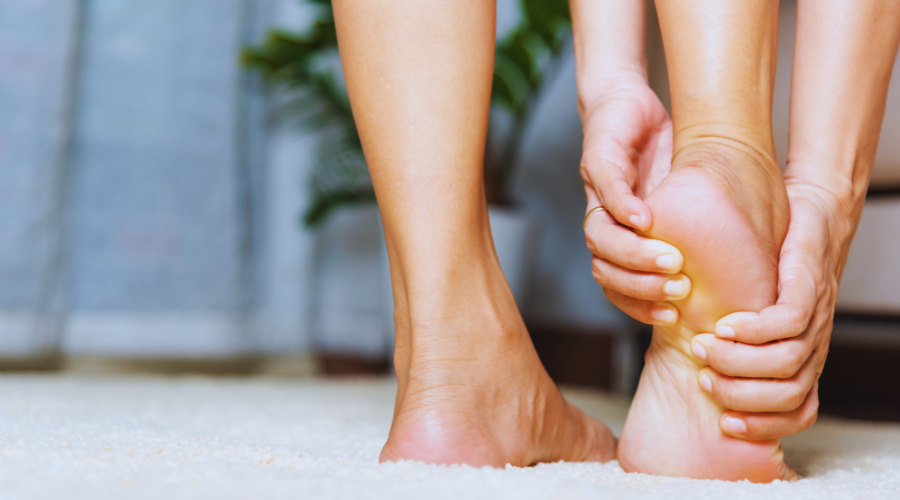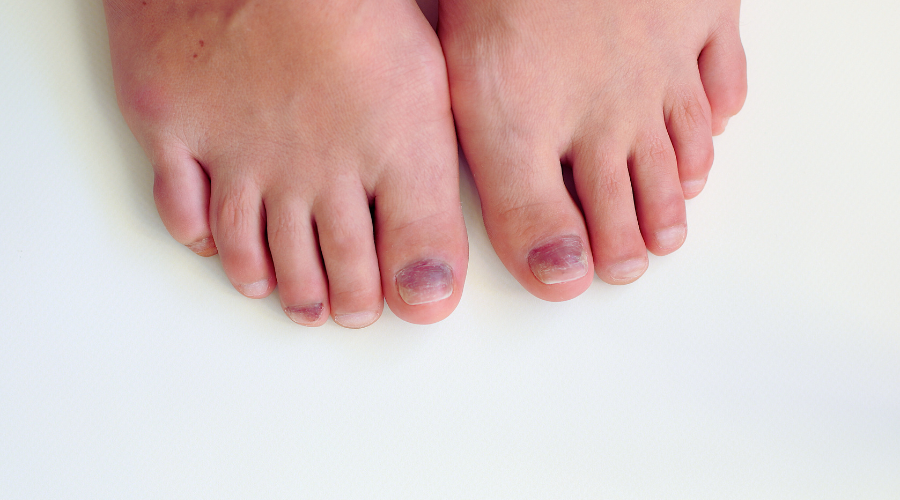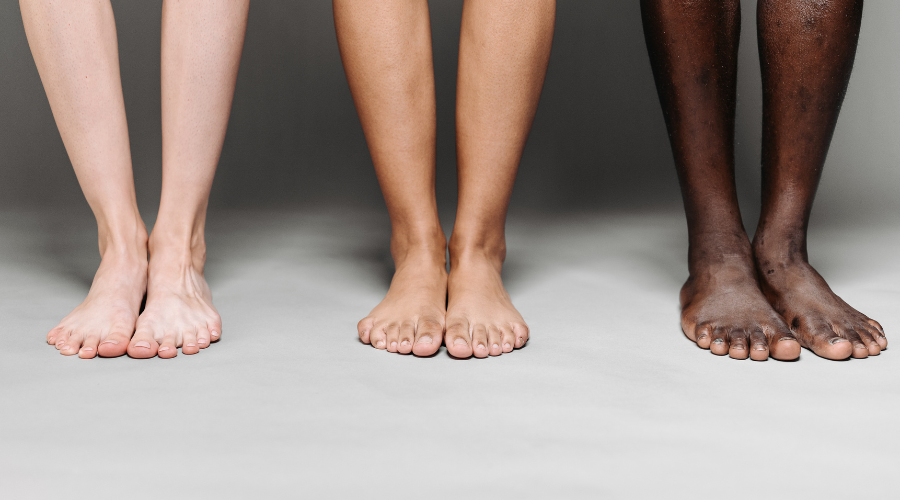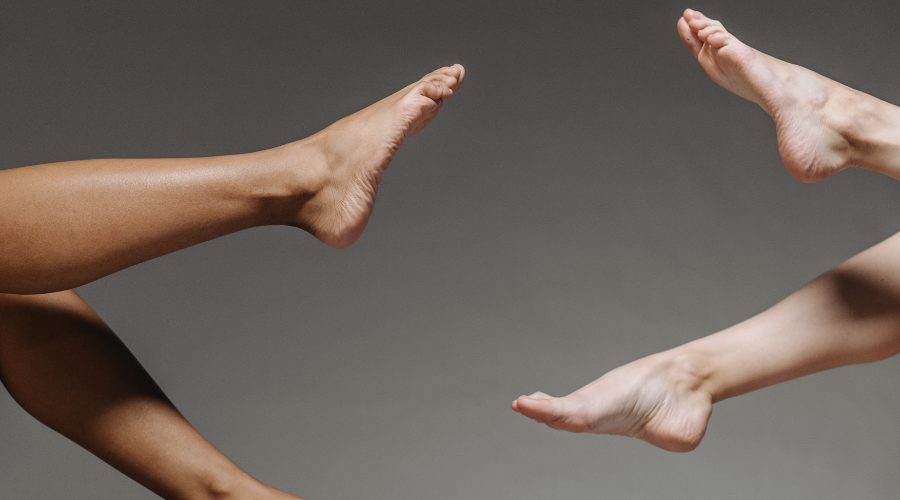The human foot—one of the most complicated parts of the body—has 26 bones, including an intricate system of ligaments, muscles, blood vessels and nerves.
Because the feet of young children are soft and pliable, abnormal body forces can cause deformities.
Children’s feet grow rapidly during their first year. For this reason, our Sydney podiatrists at The Foot Hub consider this period to be the most critical stage of the foot’s development.
What You Need To Know About Children’s Podiatry
Here are some suggestions to help ensure the normal development of your child’s feet:
- Look carefully at your baby’s feet. If you notice something that does not look normal to you, have a chat with your podiatrist of family GP. Many deformities will not correct themselves if left untreated.
- Keep your baby’s feet unrestricted. No shoes or booties are necessary for infants. These can restrict movement and can inhibit toes and feet from normal development.
- Provide an opportunity for exercising the feet. Lying uncovered enables the baby to kick and perform other related motions that prepare the feet for weight bearing.
- Change the baby’s position several times a day. Lying too long in one spot can put excessive strain on the feet and legs. Be sure to limit how much time your baby spends standing in an activity center to no more than 15 minutes at a time.
Baby’s First Shoes
It is ill-advised to force a child to walk. When physically and mentally ready, the child will walk. Comparisons with other children are misleading, since the age for independent walking ranges from 10 to 18 months. When a baby first begins to walk, shoes are not necessary indoors.

As a toddler, walking barefoot allows the youngster’s foot to grow normally and to develop its musculature and strength, as well as the grasping action of toes. Of course, when walking outside or on rough surfaces, babies’ feet should be protected in lightweight, flexible footwear made of natural materials. With the exception of infancy, going barefoot is not encouraged among children. Walking barefoot on dirty pavements exposes children’s feet to a variety of dangers including sprains, fractures and infection from wounds. Another potential problem is plantar warts, a condition caused by a virus that invades the sole of the foot through cuts and breaks in the skin. They require extensive treatment and can keep children from school and other activities.
Warning Signs
Once your baby is on the move, assess your child’s walking pattern or gait. It is not uncommon for little ones to walk on their toes. However, persistent toe-walking is not normal. At The Foot Hub, we can examine a child to make a proper diagnosis and determine the best treatment option.
Abnormal walking, including toe-walking, can lead to foot and ankle problems later in life. Flat feet beyond the early years can lead to bunions, hammertoes, heel pain and tendon problems. Children with a family history of foot problems should see a podiatrist once the child begins walking to ensure the feet are developing normally.
Other common childhood walking irregularities include in-toeing, toe walking and metatarsus adductus (MTA).

In-toeing occurs when one or both feet point toward the other due to a rotation in the foot, leg, thigh or hip. Often children will sit on their legs in a W-shaped position. This can also cause feet to point inward. Excessive tripping, like many walking irregularities, can often reveal a more serious condition such as in-toeing. Parents should remember that in-toeing can reduce as children get older. However, ways to combat in-toeing at home included changing sitting or sleep postures. Podiatrists can also prescribe exercises to do at home, footwear changes and at times gait plates to help treat in-toeing that may not be improving.

Metatarsus adductus, a bending of the foot inward at the instep resembling the letter “C,” is also prevalent among early walkers. Tripping is also a warning sign of MTA. In addition, parents need to pay close attention to their child’s foot formation and walking pattern. Treatment of MTA differs on the severity of the condition. Flexible MTA can be treated with serial casting, splinting or special braces whilst severe rigid deformities may require surgical intervention.
Toe walking is when a child walks without making ground contact with their heels. Toe walking at times can be a developmental phase in young children i.e normal especially in children under 2-3 years, or it may indicate an underlying pathology. Podiatrists can help assess and provide treatment when clinically indicated.

Since not all children are quick to tell their parents when they are experiencing foot pain, parents should pay attention to unspoken signs such as a child’s limping, tripping, taking their shoes off
frequently or unevenly worn footwear. The feet of young children may be unstable, which can make walking difficult or uncomfortable.
A thorough examination by a paediatric podiatrist may detect an underlying defect or condition, which may require immediate treatment or consultation with another specialist.
Book an appointment at The Foot Hub if you have any concerns about your child’s feet or foot development.


